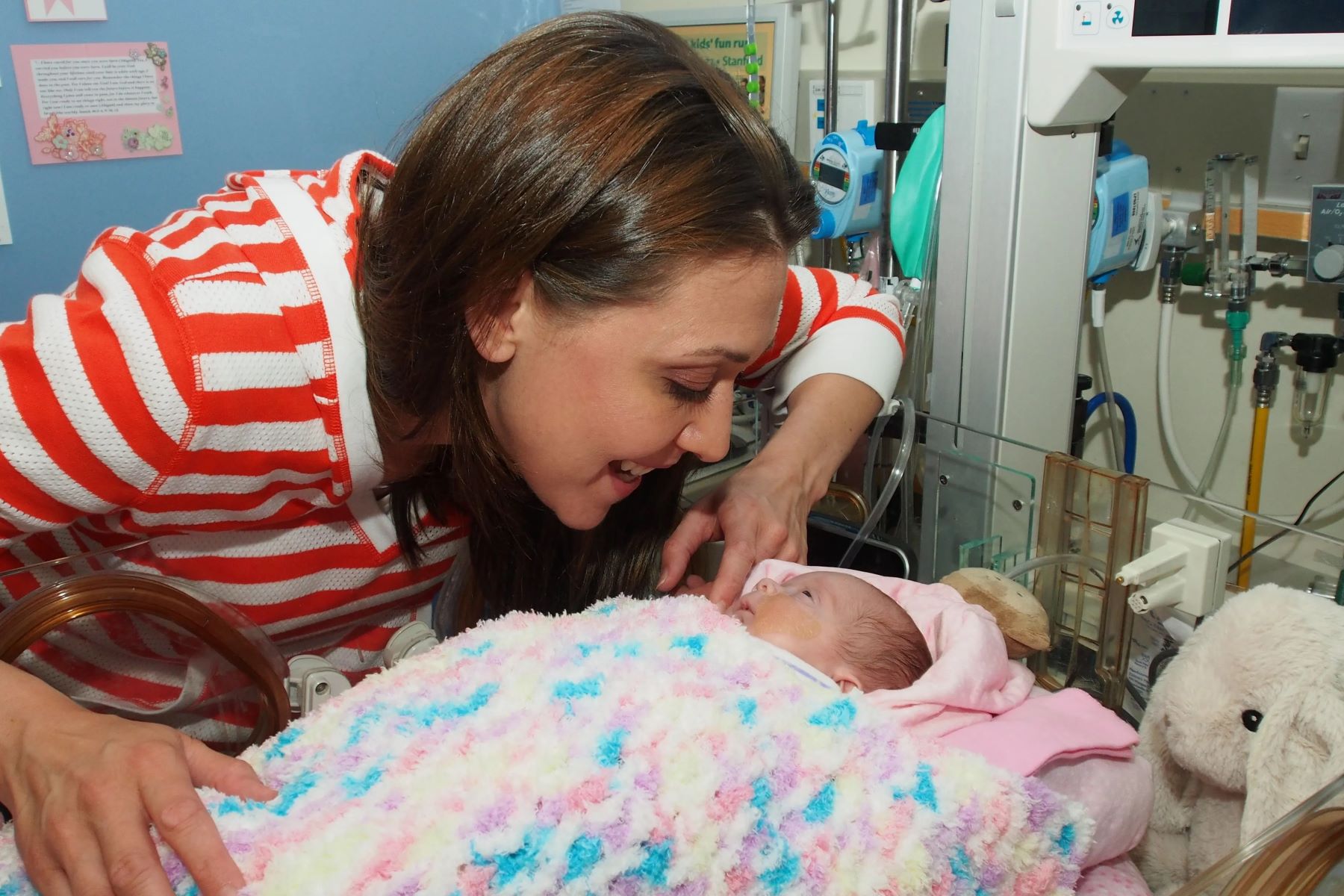
Potter Sequence Syndrome is a rare condition that affects the development of a baby during pregnancy. Characterized by a lack of amniotic fluid, this syndrome can lead to severe complications. Babies with this condition often have underdeveloped lungs, kidney problems, and distinct facial features. Named after Dr. Edith Potter, who first described it, the syndrome is often detected through prenatal ultrasounds. Understanding Potter Sequence Syndrome is crucial for expecting parents and healthcare providers. This blog post will delve into 30 essential facts about this condition, shedding light on its causes, symptoms, and potential treatments.
Key Takeaways:
- Potter Sequence Syndrome is a rare condition affecting newborns due to low amniotic fluid. It causes facial and limb abnormalities, respiratory issues, and urinary tract anomalies, requiring early diagnosis and specialized treatments.
- Research into stem cell therapy, gene editing, and artificial amniotic fluid offers hope for improving the understanding and treatment of Potter Sequence Syndrome. Early interventions and support networks are also crucial for affected families.
What is Potter Sequence Syndrome?
Potter Sequence Syndrome, also known as Potter Syndrome, is a rare condition that affects newborns. It is characterized by a specific set of physical abnormalities caused by a lack of amniotic fluid during pregnancy. This condition can lead to serious complications for the baby.
Causes of Potter Sequence Syndrome
Understanding the causes of Potter Sequence Syndrome can help in early detection and management. Here are some key factors that contribute to this condition:
- Kidney Malformations: The primary cause is often related to kidney malformations, such as bilateral renal agenesis, where the kidneys fail to develop.
- Genetic Mutations: Certain genetic mutations can lead to the development of this syndrome.
- Maternal Health Issues: Conditions like diabetes or hypertension in the mother can increase the risk.
- Amniotic Fluid Leakage: Early rupture of membranes can lead to a significant loss of amniotic fluid, contributing to the syndrome.
- Placental Insufficiency: Poor placental function can also result in reduced amniotic fluid levels.
Symptoms of Potter Sequence Syndrome
The symptoms of Potter Sequence Syndrome are often visible at birth. These symptoms can vary in severity but typically include the following:
- Facial Abnormalities: Babies may have a distinct facial appearance, often referred to as "Potter facies," which includes a flattened nose, recessed chin, and wide-set eyes.
- Limb Deformities: Limb abnormalities such as clubfoot or underdeveloped limbs are common.
- Lung Hypoplasia: Underdeveloped lungs due to insufficient amniotic fluid can cause severe respiratory issues.
- Growth Retardation: Babies with this syndrome often have low birth weight and may experience growth delays.
- Urinary Tract Anomalies: Abnormalities in the urinary tract, including the absence of kidneys, are frequently observed.
Diagnosis of Potter Sequence Syndrome
Early diagnosis is crucial for managing Potter Sequence Syndrome. Here are some methods used to diagnose this condition:
- Ultrasound: Prenatal ultrasounds can detect kidney malformations and low amniotic fluid levels.
- Amniocentesis: This procedure involves sampling amniotic fluid to check for genetic abnormalities.
- MRI: Magnetic Resonance Imaging can provide detailed images of the fetus's organs and structures.
- Genetic Testing: Identifying specific genetic mutations can confirm the diagnosis.
- Physical Examination: A thorough physical examination at birth can reveal characteristic symptoms.
Treatment Options for Potter Sequence Syndrome
While there is no cure for Potter Sequence Syndrome, various treatments can help manage the symptoms and improve the quality of life for affected babies:
- Respiratory Support: Babies with lung hypoplasia may require mechanical ventilation or other respiratory support.
- Surgical Interventions: Surgery may be necessary to correct limb deformities or urinary tract anomalies.
- Dialysis: In cases of kidney failure, dialysis can help manage kidney function.
- Nutritional Support: Specialized feeding plans can address growth retardation and nutritional deficiencies.
- Palliative Care: For severe cases, palliative care focuses on providing comfort and support to the baby and family.
Prognosis and Life Expectancy
The prognosis for babies with Potter Sequence Syndrome varies depending on the severity of the condition and the presence of other complications:
- Survival Rates: Survival rates are generally low, especially for those with bilateral renal agenesis.
- Quality of Life: With appropriate medical care, some babies can achieve a reasonable quality of life.
- Long-Term Complications: Chronic kidney disease and respiratory issues are common long-term complications.
- Developmental Delays: Growth and developmental delays may persist throughout childhood.
- Family Support: Emotional and psychological support for families is essential in managing the challenges of this condition.
Research and Advances in Potter Sequence Syndrome
Ongoing research aims to improve the understanding and treatment of Potter Sequence Syndrome. Here are some recent advances:
- Stem Cell Therapy: Research into stem cell therapy holds promise for regenerating damaged tissues.
- Gene Editing: Advances in gene editing technologies like CRISPR may offer potential treatments for genetic mutations.
- Artificial Amniotic Fluid: Developing artificial amniotic fluid could help manage low fluid levels during pregnancy.
- Prenatal Interventions: Early interventions during pregnancy may improve outcomes for affected babies.
- Support Networks: Online communities and support groups provide valuable resources for families dealing with this condition.
Final Thoughts on Potter Sequence Syndrome
Potter Sequence Syndrome, a rare condition, affects the development of kidneys in unborn babies. This syndrome can lead to serious complications, including underdeveloped lungs and physical deformities. Early diagnosis through ultrasound can help manage the condition, although treatment options remain limited. Families dealing with Potter Sequence Syndrome often need emotional and medical support to navigate the challenges.
Understanding the facts about Potter Sequence Syndrome is crucial for raising awareness and supporting affected families. Medical advancements continue to improve the outlook for those diagnosed, but much work remains. By staying informed and advocating for research, we can hope for better outcomes in the future.
Remember, knowledge is power. The more we learn about conditions like Potter Sequence Syndrome, the better equipped we are to support those in need. Stay curious, stay informed, and keep spreading awareness.
Frequently Asked Questions
Was this page helpful?
Our commitment to delivering trustworthy and engaging content is at the heart of what we do. Each fact on our site is contributed by real users like you, bringing a wealth of diverse insights and information. To ensure the highest standards of accuracy and reliability, our dedicated editors meticulously review each submission. This process guarantees that the facts we share are not only fascinating but also credible. Trust in our commitment to quality and authenticity as you explore and learn with us.


